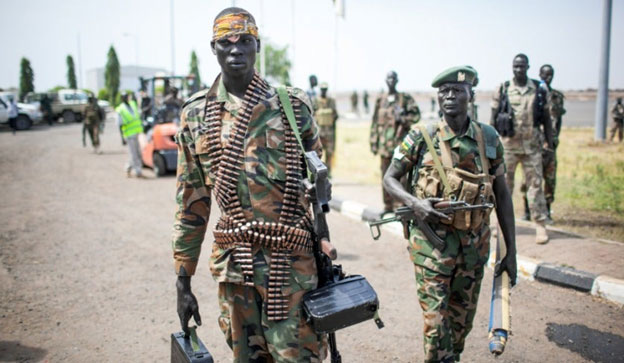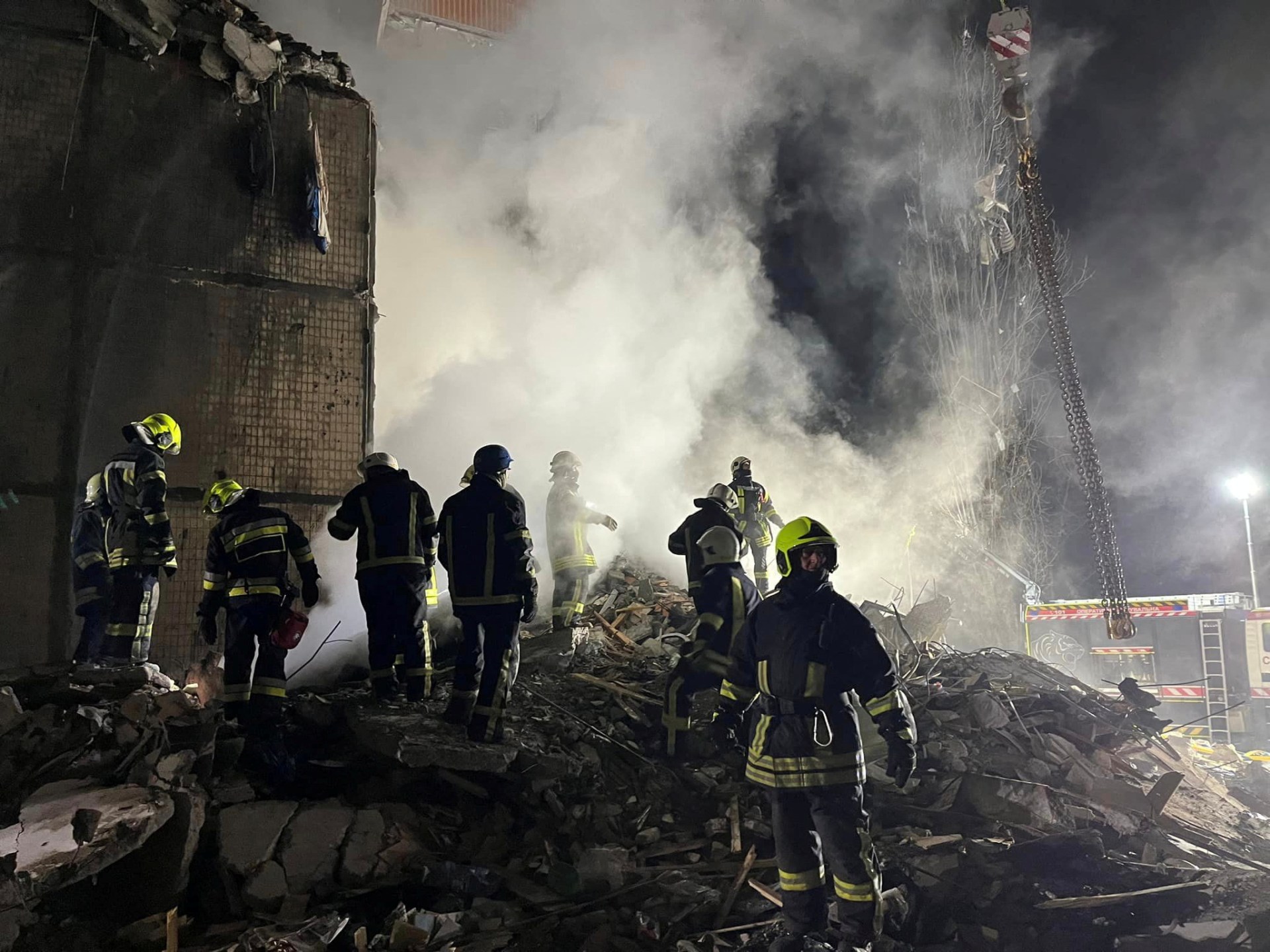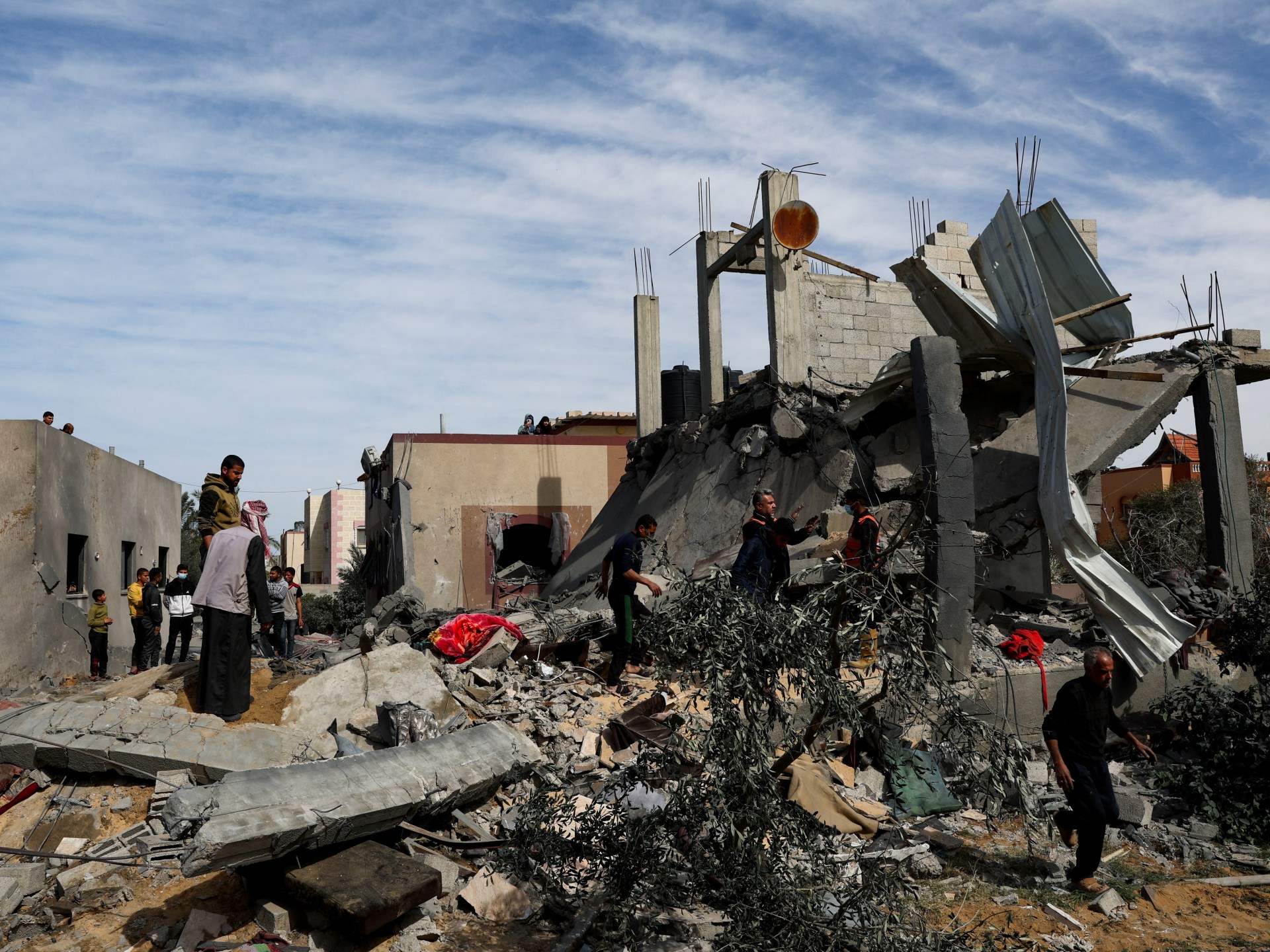Two Sides of the Same Coin — Global Issues
WASHINGTON DC, Aug 17 (IPS) – In 1990, about half of the population in Sub-Saharan Africa and South Asia and two-thirds in East Asia and the Pacific were living in extreme poverty (defined as living on less than what today amounts to around $2.15 per person per day).
In the three decades that followed, these three regions have followed quite different development paths. In 2019, 35 percent of the population in Sub-Saharan Africa were estimated to be living in extreme poverty, compared to 9 percent in South Asia or 1 percent in East Asia and the Pacific.
Why has Sub-Saharan Africa been left behind? What explains the sluggish progress in poverty reduction in the region?
The role of fragility, conflict, and violence in stifling development
Fragility, conflict, and violence, or, more generally, the lack of peace and security, is one of the key barriers to poverty reduction in Sub-Saharan Africa.
The World Bank’s list of fragile, conflict-affected, and violent (FCV) countries in 1998, the year with the earliest available data, indicates that 13 of the 24 FCV countries worldwide were in Sub-Saharan Africa (54%, or slightly over a half).
By 2021, the year with the latest available data, the number of FCV countries in Sub-Saharan Africa had increased by six, and the region still accounted for roughly half of all FCV countries in the world (19 of the 37 FCV countries).
Even before Russia’s invasion of Ukraine in 2022, the world had already become more violent over the years, largely driven by increasing counts of FCV countries in Sub-Saharan Africa and the Middle East and North Africa.
These two regions do not only have the most cases of fragility, conflict, and violence, but also the worst trends in extreme poverty.
Thirty out of the 48 countries in Sub-Saharan Africa (almost two-thirds) have been designated as a fragile, conflict-affected, or violent (FCV) country at least once since 1998; in the Middle East and North Africa, it is 7 out of 14 countries (or a half).
Extreme poverty has decreased at a slow pace in Sub-Saharan Africa and increasing in the Middle East and North Africa (though at lower levels of poverty and subject to greater uncertainty due to a lack of recent data for many countries in the Middle East).
Besides the severe impact on human life and happiness, conflicts worsen a country’s ability to promote its own development and eradicate poverty. They lead to the loss of lives (human capital) and property (physical capital), thereby stifling investment, growth, and poverty reduction.
From an economic standpoint, they destroy investor confidence in the economy and lead to wasteful military spending. Conflicts destabilize economic activity, disrupt food value chains, and increase the risk of food insecurity and hunger.
In times of political or civil unrest, people flee for safety in neighboring countries, human mobility and transportation can be restricted, trust and social capital get destroyed, and people live in fear and panic with little or no hope for a better life.
All these factors are contrary to the values of freedom, peace, and stability necessary for poverty reduction.
Poverty and fragility: a vicious circle
The lack of peace increases the risk of poverty in Sub-Saharan Africa. All FCV countries in the region in 1998 were low-income countries, whereas the non-FCV countries were split between middle-income and low-income countries.
The Democratic Republic of Congo, Burundi, the Central Africa Republic, and Liberia are highly conflict-affected, and are the only countries that have remained FCV countries without interruptions since 1998.
These four low-income countries had an average extreme poverty rate as high as 73 percent in 1998, while the remaining FCV countries had an average rate of 44 percent compared with 56 percent for all non-FCV low-income countries.
In 2019, the abovementioned four countries still had a high extreme poverty rate of 58 percent, almost twice the extreme poverty rate in the remaining FCV countries or all non-FCV low-income countries (34 percent and 39 percent, respectively).
Fragility and poverty in Sub-Saharan Africa
Or could it be that the lack of peace in Sub-Saharan Africa is because of poverty (and inequality) in the region? Studies have suggested that grievance increases the risk of conflict, and grievance may occur when individuals or groups of individuals are socially, politically, or culturally deprived.
Conflicts are more likely when deprivation occurs along the lines of ethnicity, religion, or geographical location. In fact, high ethnic and cultural diversity in Sub-Saharan Africa increases the proclivity for such conflicts.
A negative relationship between income status and FCV status, supports the idea that poverty drives conflicts. On the other hand, it is important to stress that this is not an automatic mechanism: eight countries have always been low-income countries but were not FCV countries in 2019.
Also, two of them (Rwanda and Uganda) have never been FCV over the entire period for which data are available. Overall, poverty and fragility can re-inforce each other and create a vicious cycle or a trap.
There are other factors that might jointly explain the high levels of poverty and fragility in Sub-Saharan Africa, such as low schooling attainment, high inequality in educational outcomes, and the lack of decent jobs. Improving educational outcomes for all (i.e., SDG 4) and increasing job opportunities for all (i.e., SDG 8) would therefore be priority areas in Sub-Saharan Africa that could potentially break the poverty-fragility trap that the region seems to be stuck in.
A highly educated population is more likely to be tolerant, while education and employment opportunities offer the most likely route out of poverty. However, these policy actions are more long-term in perspective, and require peace and stability to be effective.
Samuel Kofi Tetteh Baah is Consultant, Poverty and Inequality Unit, Development Economics Research Group, World Bank; Christoph Lakner is Senior Economist, Development Data Group, World Bank.
The authors gratefully acknowledge financial support from the UK Government through the Data and Evidence for Tackling Extreme Poverty (DEEP) Research Program.
Source: World Bank
IPS UN Bureau
Follow @IPSNewsUNBureau
Follow IPS News UN Bureau on Instagram
© Inter Press Service (2023) — All Rights ReservedOriginal source: Inter Press Service
Check out our Latest News and Follow us at Facebook
Original Source







